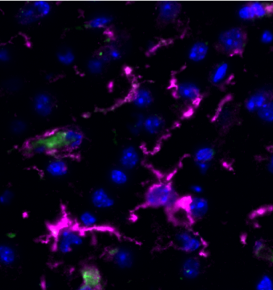Gait Kinematics and Exoskeleton Interventions
The robot suit HAL (Hybrid Assistive Limb) is an exoskeleton able to provide a unique scenario for motor interventions in patients after stroke or myelopathy in either acute or chronic stages. Unveiling the neurological mechanisms activated for recovery after this intervention will lead to the development of refined technologies for neurologic patients.
HAL has been designed by Professor Yoshiyuki Sankai from the Center for Cybernics Research at the University of Tsukuba. The research is a collaborative effort with the Cybernics Lab, the Center for Innovative Medicine and Engineering and the Departments of Rehabilitation, Neurosurgery and Orthopedics of the University of Tsukuba Hospital.
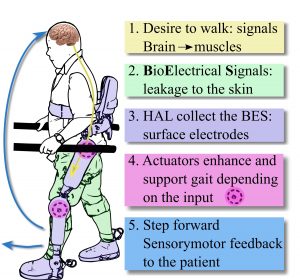
Inertial Measurement Units (IMU) and Gait Analysis
Collecting reliable and reproducible data from patients is always a challenge. The gold standard for kinematics analysis up to date is VICON cameras. However, high cost and lack of portability are an issue. Our team is developing a new Inertial Measurement Units (IMUs) strategy to collect kinematic data comparable to VICON systems. The use of IMUs for this purpose will improve portability, allowing us to collect information from patients in remote places during interventions and follow up their status in a long-term fashion. This research is a collaboration between our lab, the Artificial Intelligence Lab and the Center for Innovative Medicine and Engineering at the University of Tsukuba.
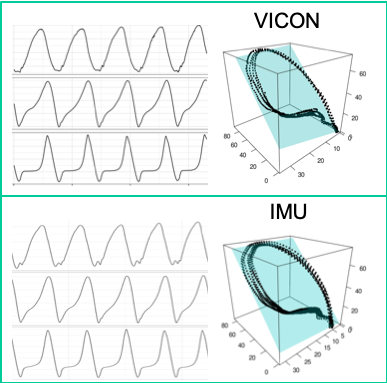
Spasticity and Movement Recovery
Spasticity is a symptom secondary to the abnormal signaling to the muscles due to damage in the brain or spinal cord, resulting in an imbalance between excitatory and inhibitory stimuli. Being a common symptom among stroke, spinal cord injury, and cerebral palsy patients, it may reduce severely the quality of life by restricting the range of movement and inducing limb deformities and pain. We are developing novel approaches to treat spasticity non-invasively and pain-free. This research is done in collaboration with the Applied Haptics Lab of the University of Tsukuba and the Department of Orthopedics of the University of Tsukuba Hospital.
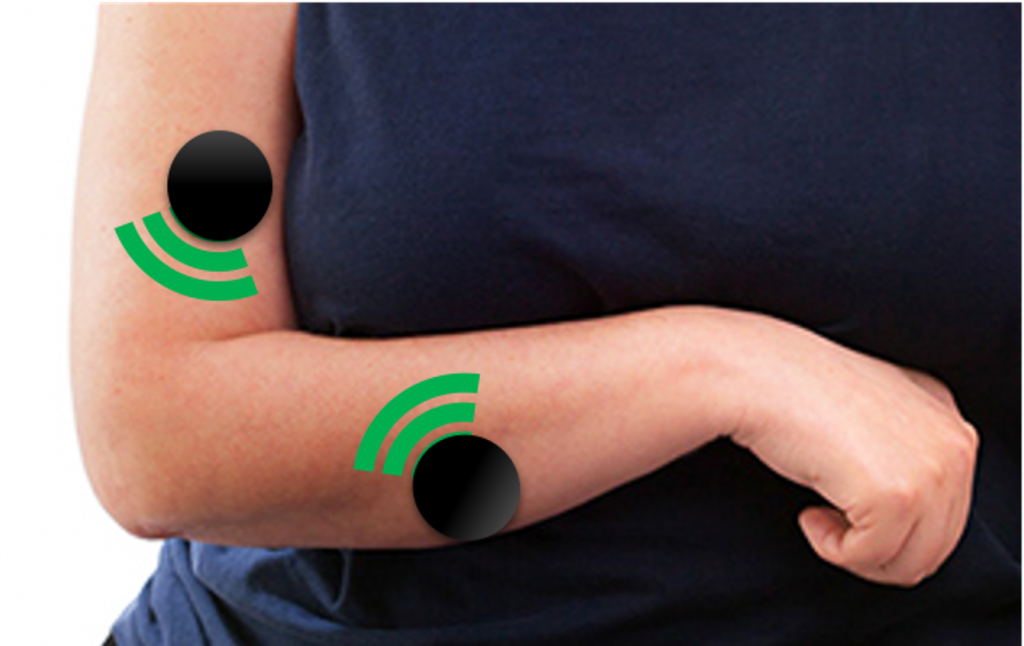
Communication and Sign Language
Human communication is a major aspect of our daily activities, and language is an important tool for interacting with others. In our lab, we want to implement technologies to provide tools for sign language users that empower them and enable them to use sign language without depending on the listener. This research is a joint effort with the eXtended perception Lab members at the University of Tsukuba.
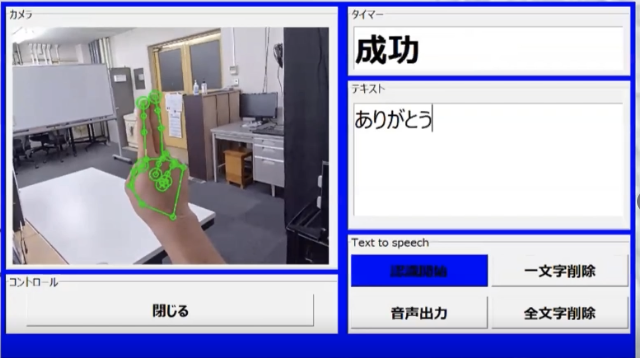
AI for Medical Conditions
Progress in artificial intelligence and machine learning leads to the possibility of engineering alternative solutions to detect or evaluate different diseases. We are working on the implementation of models that aid the proper diagnosis of conditions such as fractures, eye diseases, and gait performance as well. Progress in the area of fracture identification is moving forward in collaboration with the Life Engineering Lab at the University of Tsukuba, and the Department of Orthopedics of the University of Tsukuba Hospital.
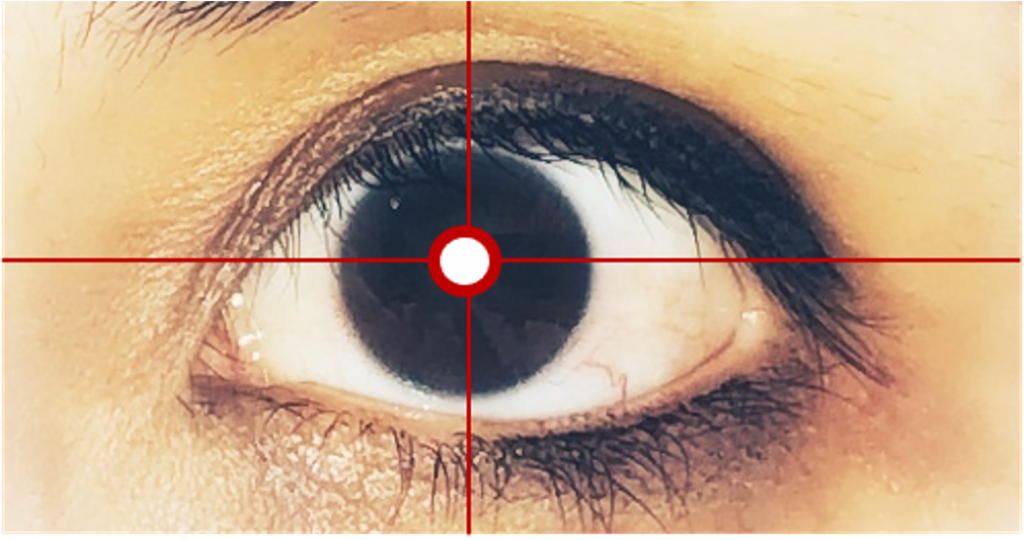
Objective Evaluation of Social Interactions
Social interactions in real or virtual environments are prevalent in our daily routines. Successful interactions lead to beneficial outcomes such as the finalization of a transaction or to building trust in situations such as medical-patient relationships. The co-created value in such interactions is often measured subjectively. However, objective measurements leveraging brain activation may contribute to a better understanding of successful transactions. We are exploring the usability of hemoencephalography and vital sensing for such tasks. This work is done in collaboration with the eXtended perception Lab at the University of Tsukuba.
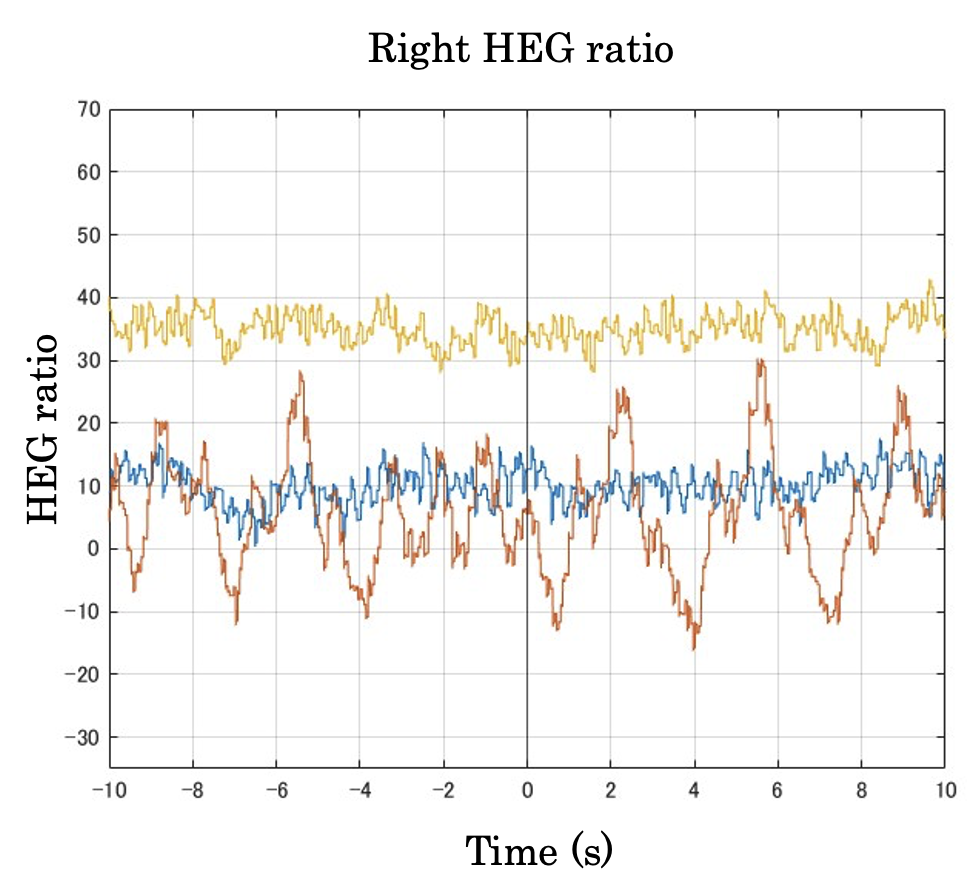
Brain Illusions and Behavioral Changes
The sensorimotor system is a network composed of a diverse array of sensors constantly carrying information to our brain that help us interpret the world, and translate outputs into motor performance that leads to the change of our environments. Despite being a painstakingly designed system, the brain and central nervous system still leaves room to be fooled. We are working on the implementation of sensory illusions toward the change of compulsive behaviors such as chronic scratching. The project progress in collaboration with the Flexible Robotics Lab at the University of Tsukuba, and the Department of Dermatology at the University of Tsukuba Hospital.
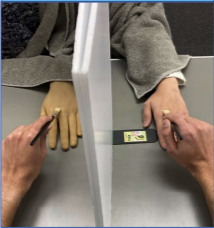
Animal Models of Human Diseases
The human central nervous system complexity stands as a challenge to evaluate interventions. Animal models of human diseases offer a way to see further the skin and allow us to evaluate interventions under development when human testing is not available. Rodent and non-human primate models of stroke have been used to test novel approaches, from cell therapy to pharmacological strategies towards neuroprotection, modulation of the inflammatory response and behavioral recovery. These projects are done in collaboration with the Department of Neurosurgery at the University of Tsukuba Hospital, the Tsukuba Primate Research Center belonging to the National Institutes of Biomedical Innovation, Health and Nutrition, the Laboratory of Regenerative Medicine and Stem Cell Biology and the Lab Animal Resource Center at the University of Tsukuba.
